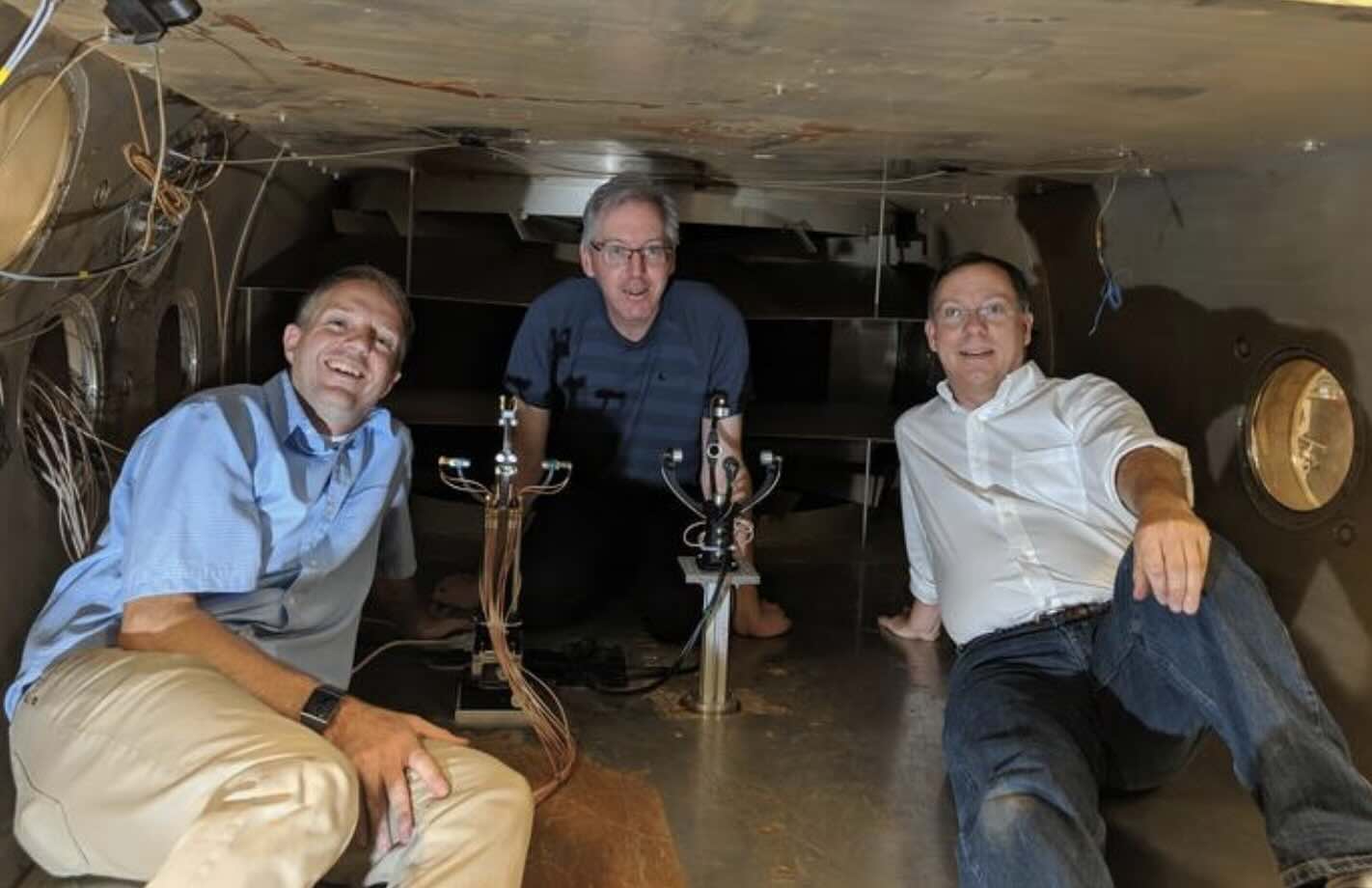Scientists have developed a novel solution to the long-standing problem of accurately measuring Martian winds by utilizing sound.
With continually developing plans for humans to set foot on Mars, understanding the Martian weather is critical for effective planning. Now, a new sonic anemometer will finally help provide the precise level of measurements that have long evaded researchers.
Measuring Martian Winds
Anemometry, which involves measuring wind and airflow, is challenging on the Red Planet. At a scant 1% of Earth’s density, the Martian winds are much weaker, topping out at 60 mph compared to terrestrial hurricanes clocked at speeds in excess of 200 mph. Additionally, the temperature on Mars changes rapidly throughout the day, with those fluctuations being the primary driver of wind creation.
Current methods onboard existing Martian rovers have utilized various solutions to the problem. One device measured the speed at which multiple metals cooled to track wind speed. Another offered a visual solution to the problem, although the moderate success of current attempts leaves much room for improvement.
A New Sonic Method
Now, an international research team based out of the US and Canada has developed a new method, detailed in a paper published this week, whereby a device projects sound pulses into the Martian air and then measures their travel time through a pair of narrowband piezoelectric transducers.
Accounting for variables including transducer diffraction effects and wind direction, the new method accurately measures the wind. In a recent statement accompanying the study’s release, lead author Robert White said, “By measuring sound travel time differences both forward and backward, we can accurately measure wind in three dimensions.”
The sensitivity of the new development far exceeds anything done previously. “The two major advantages of this method are that it’s fast and it works well at low speeds,” White added.
Although the weakness of Martian winds makes them challenging to measure, White and his team’s work has dropped the measurability threshold from 50 cm/s down to 1 cm/s. Additionally, compared to earlier methods, they can track 100 wind speeds per second, which only allowed for one windspeed per second.
“The system we’re developing will be ten times faster and ten times more accurate than anything previously used,” White said.
Uses for Sonic Wind Measurement
“By measuring quickly and accurately, we hope to be able to measure not only mean winds, but also turbulence and fluctuating winds,” White says about his team’s future efforts. “This is important for understanding atmospheric variables that could be problematic for small vehicles such as the Ingenuity helicopter that flew on Mars recently.”
While the Ingenuity helicopter proved the ability of such a device to remain aloft in the thin atmosphere of the red planet, it was only a first step, resulting in broken rotor blades at the conclusion of its 72nd flight. There remains a great deal of work to make routine flight functional on the red planet, and White and his team’s precise measurements will enable engineers to grasp the conditions that any potential future fliers will face on Mars.


“We hope it will produce more valuable data as future missions to Mars are considered and provide useful information on the Martian climate, perhaps also with implications for better understanding the climate of our own planet,” White added.
Scientists have been looking to nearby planets like Venus in recent years to better understand where Earth’s climate may be heading. In broader terms, this knowledge of the conditions of our celestial neighbors helps to provide a better context for findings here on Earth.
Also, the device may be applicable here on Earth, specifically in high-altitude balloons. Conditions recreated in the lab to mimic Mars are similar to those at 30-42 km altitude in the Earth’s stratosphere. The team conducted additional testing to illustrate the utility of their device in this secondary function.
The study, “Modeling and characterization of gas coupled ultrasonic transducers at low pressures and temperatures and implications for sonic anemometry on Mars,” appeared in The Journal of the Acoustical Society of America on August 13, 2024.
Ryan Whalen covers science and technology for The Debrief. He holds a BA in History and a Master of Library and Information Science with a certificate in Data Science. He can be contacted at ryan@thedebrief.org, and follow him on Twitter @mdntwvlf.

